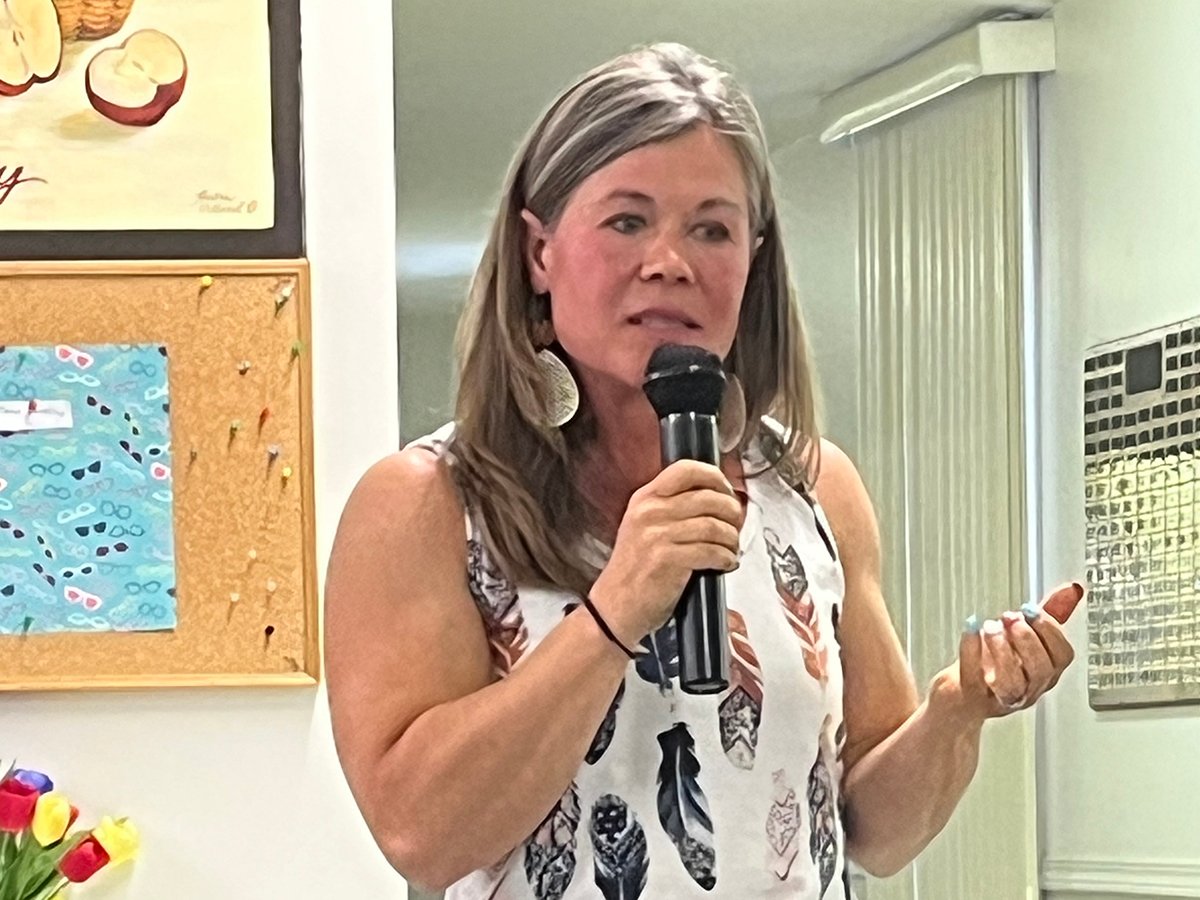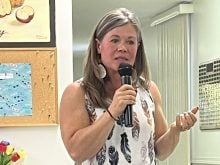The number of West Nile virus cases in Saskatchewan has dropped dramatically since affecting nearly 1,000 people in 2003, but the provincial health department says people should still take precautions.
Last year there were 20 cases of the virus, including two of the severe neurological syndrome associated with the virus. There were no deaths.
Those numbers compare to 947 cases, including seven deaths, in 2003.
Entomologist Phil Curry, the province’s West Nile co-ordinator, said preventive measures are required to keep the risk low.
These include using insect repellent, wearing light-coloured, long-sleeved shirts, pants and socks and avoiding outdoor activity during dawn and dusk when mosquitoes are most active.
Read Also

Petition launched over grazing lease controversy
Battle continues between the need for generation of tax revenue from irrigation and the preservation of native grasslands in southern Alberta rural municipality.
Farmers are particularly at risk.
The health department has allocated $1.45 million for its West Nile strategy this year, which includes a cost-sharing program with municipalities to control mosquitoes.
Homeowners are reminded to reduce mosquito habitat by emptying standing water in their yards and clearing shady protected areas where mosquitoes breed and rest.
Curry said predicting the mosquito population is difficult, but southern parts of the province may see average to below average numbers while the parkland area, which has surplus moisture, might see above average numbers.
Most exposure to culex tarsalis mosquitoes, the species most likely to carry West Nile, occurs later in summer.
However, Manitoba’s chief medical health officer noted that with an early, warm spring that exposure could occur earlier.
Fifty-one people contracted the virus in Manitoba last year. Seventeen of those cases were the neurological syndrome.
In Alberta 38 people were infected with the milder form and one had the neurological syndrome.















